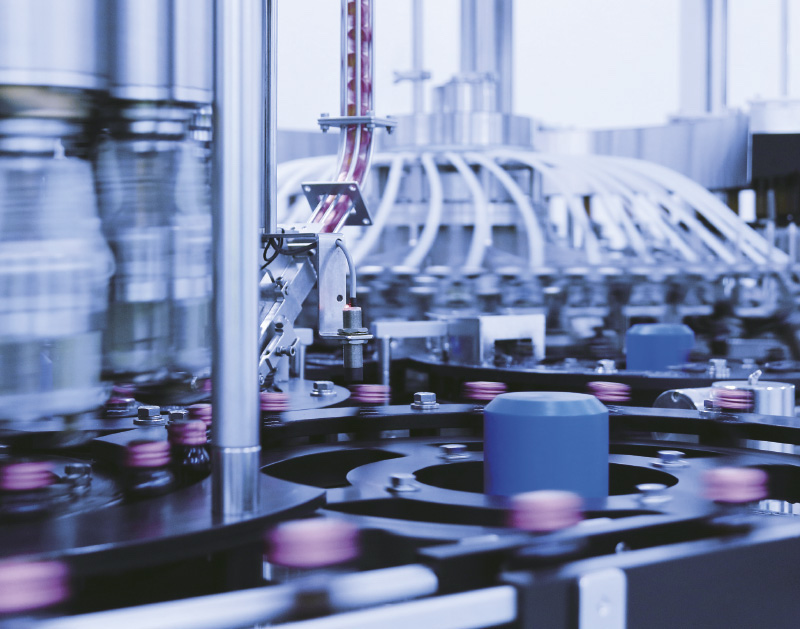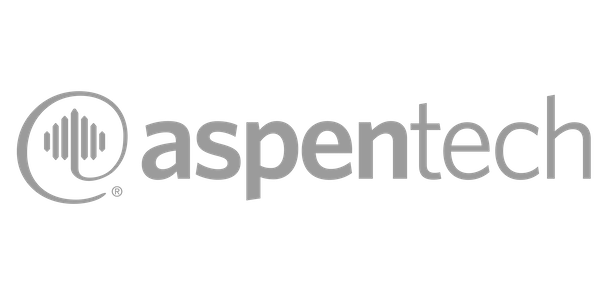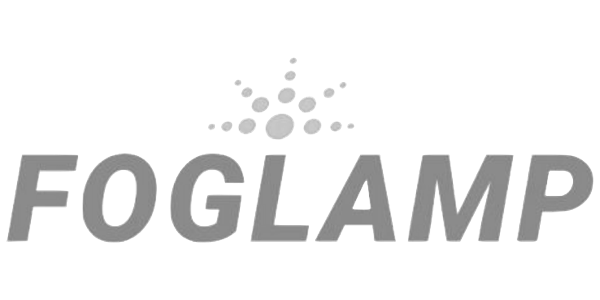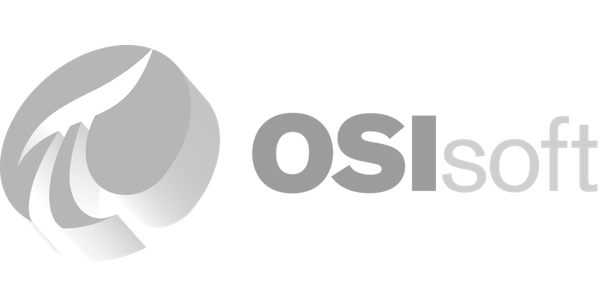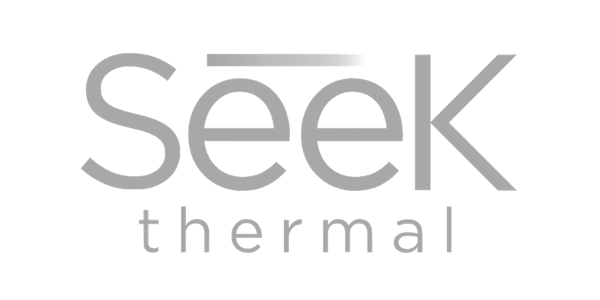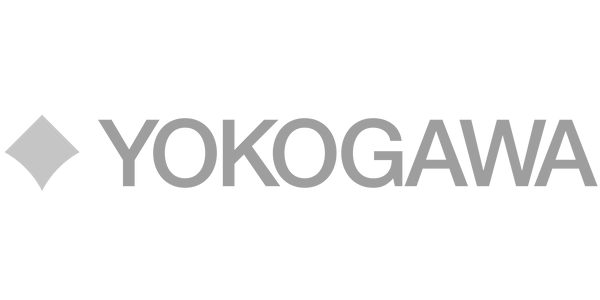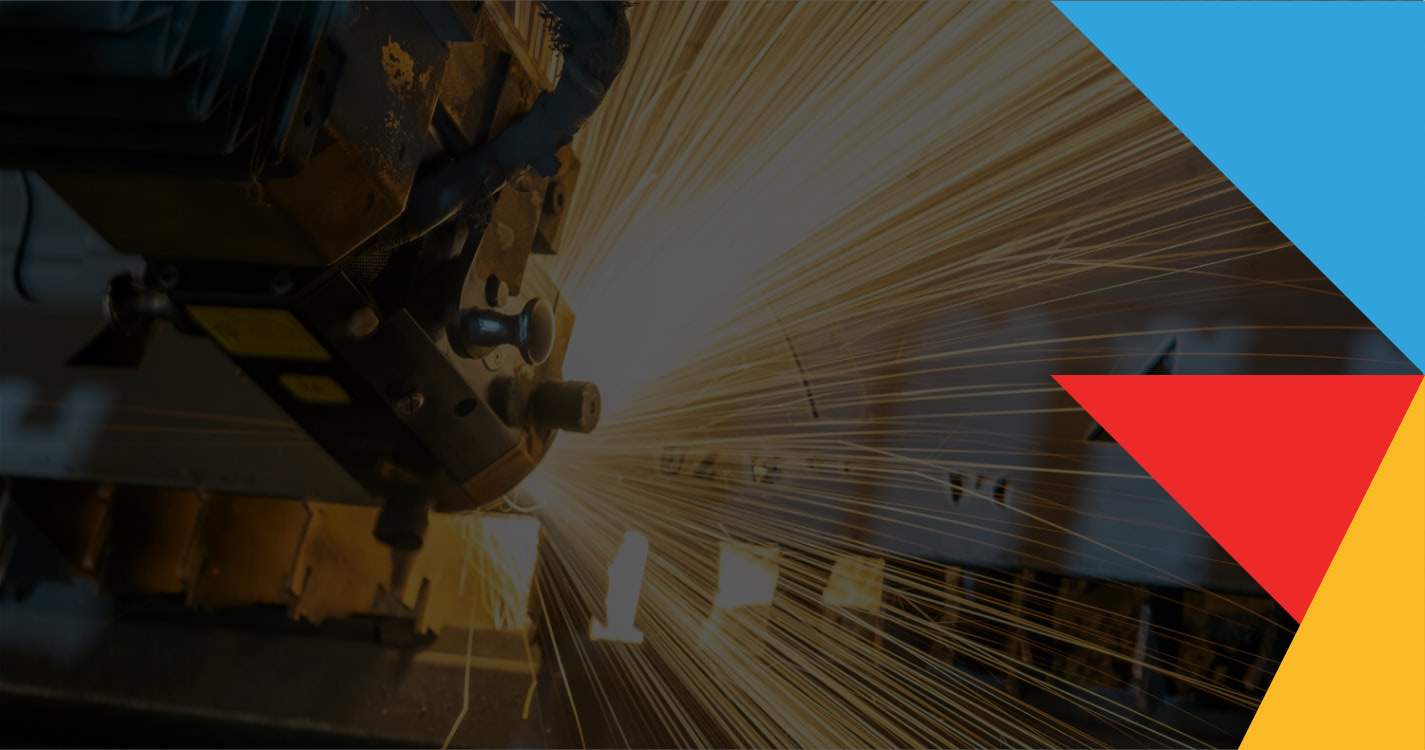Manceps Delivers AI-Powered Quality Assurance Solutions to Manufacturers
Let’s face it, maintaining a rule-based system for quality assurance is complex, time-consuming, and prone to inaccuracies.
By replacing this resource-intensive process with artificial intelligence, you ensure that every defective item coming off of the factory floor is properly identified, every time.

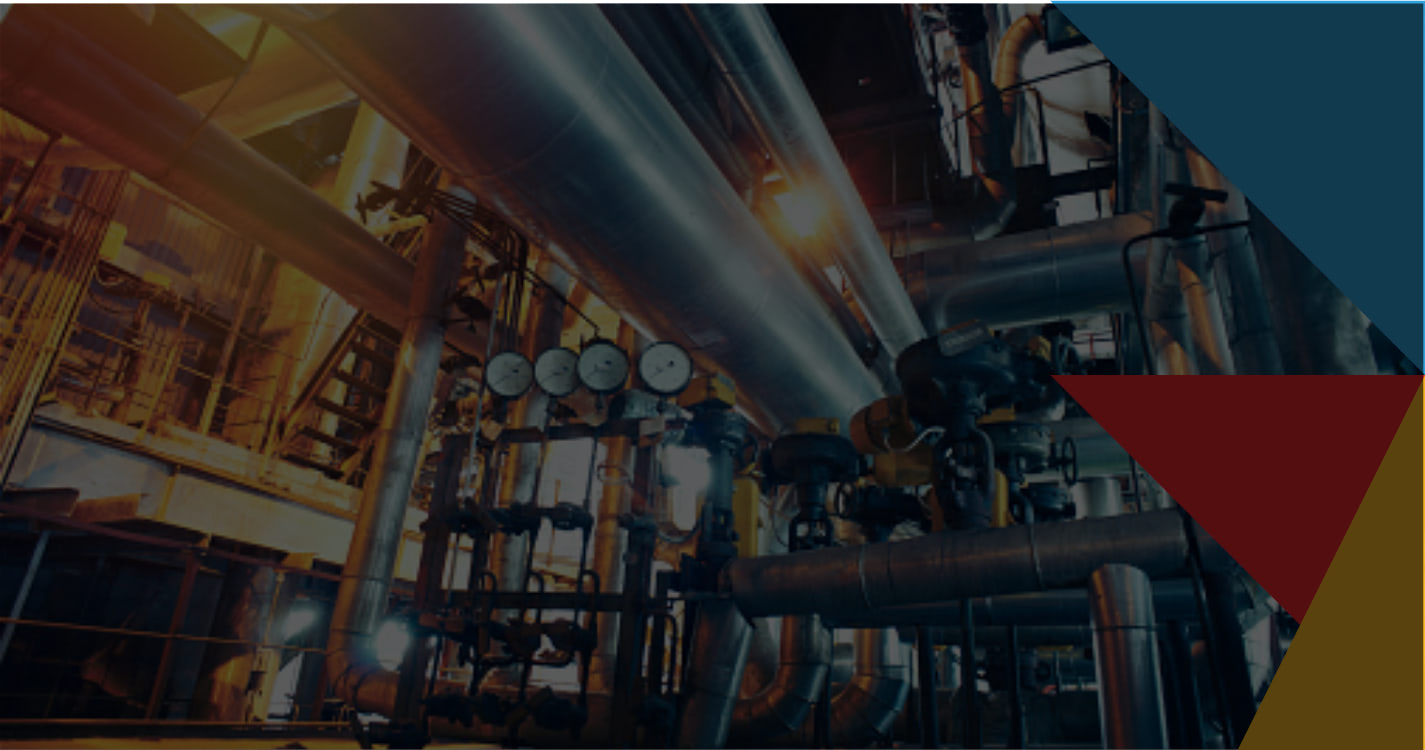
Our AI solutions integrate with manufacturing's most popular technologies.
Roll-out QA system-wide
With human operators, quality assurance can only be done at certain checkpoints throughout the production process. By contrast, an AI-powered quality assurance system can monitor the production throughout, making it easier to not only identify defects but also to pinpoint the cause of each defect.
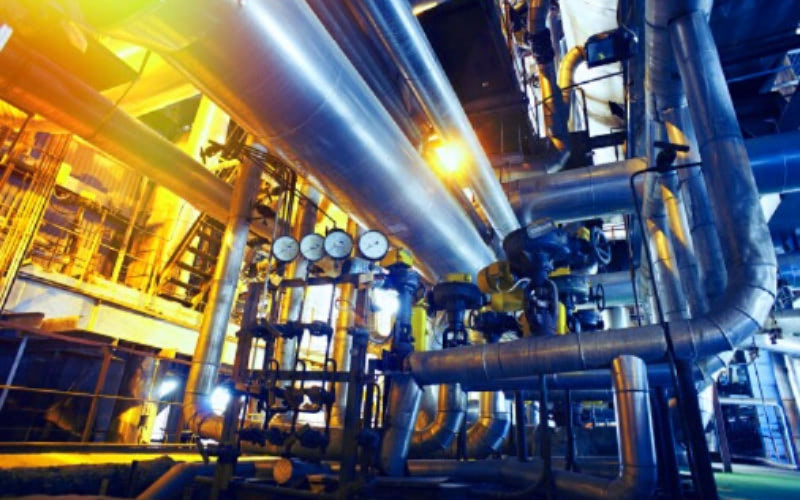
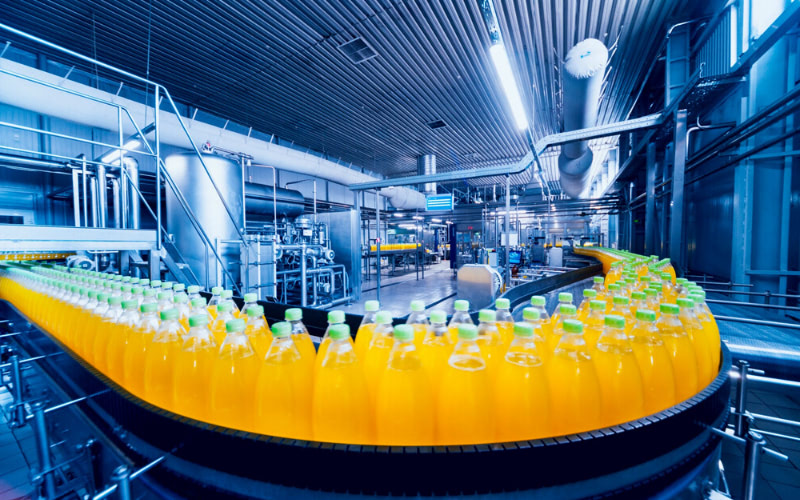
Go Further with Optical Grading
With optical grading, you can go beyond black and white labeling to capture the nuance of your goods across a spectrum. For example, a produce manufacturer may want to sort across different levels of freshness. A timber processor could sort across wood type or grain quality.
Use NLP to Ensure Proper Labeling
Did you know that allergenic products, such as dairy or nuts, not declared on the label are a major cause of product recalls? Using Natural Language Processing, manufacturers can inspect every label for accuracy before it leaves the building.

“Automating quality testing using machine learning is increasing defect detection rates up to 90%.”
— Louis Columbus, Forbes
